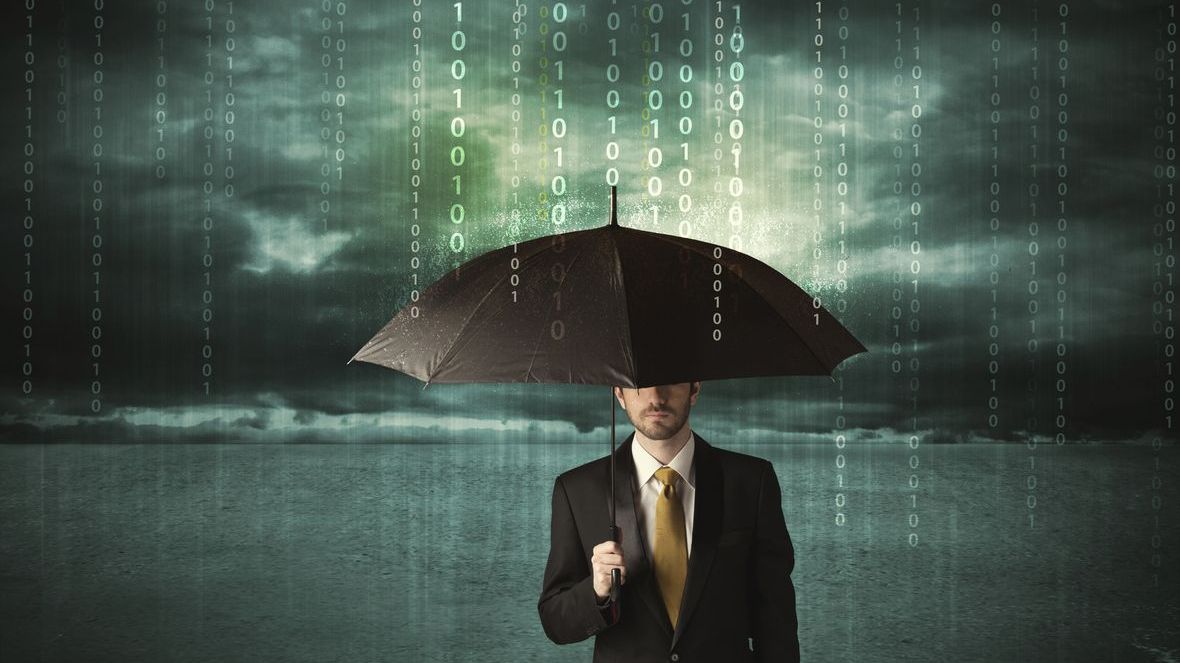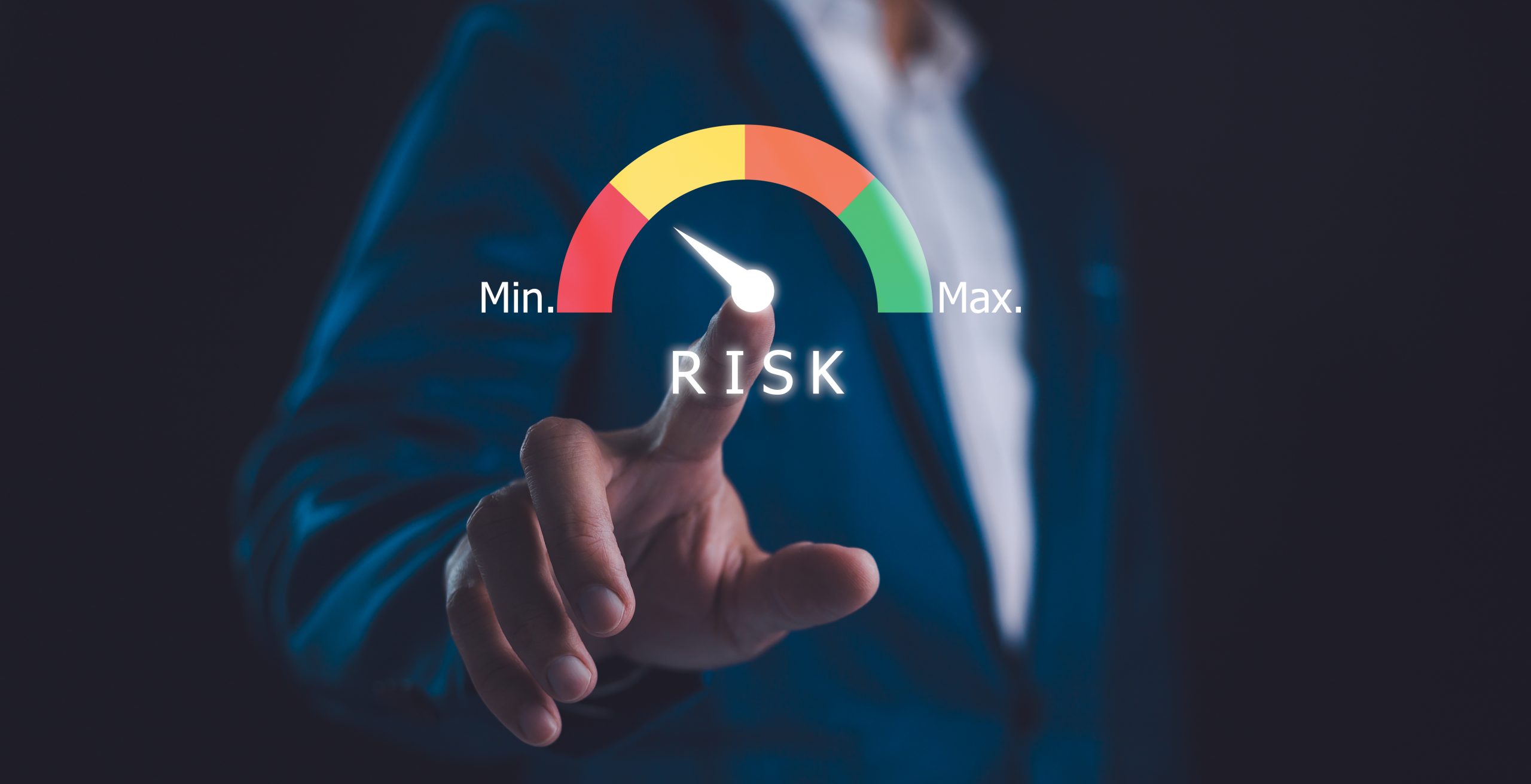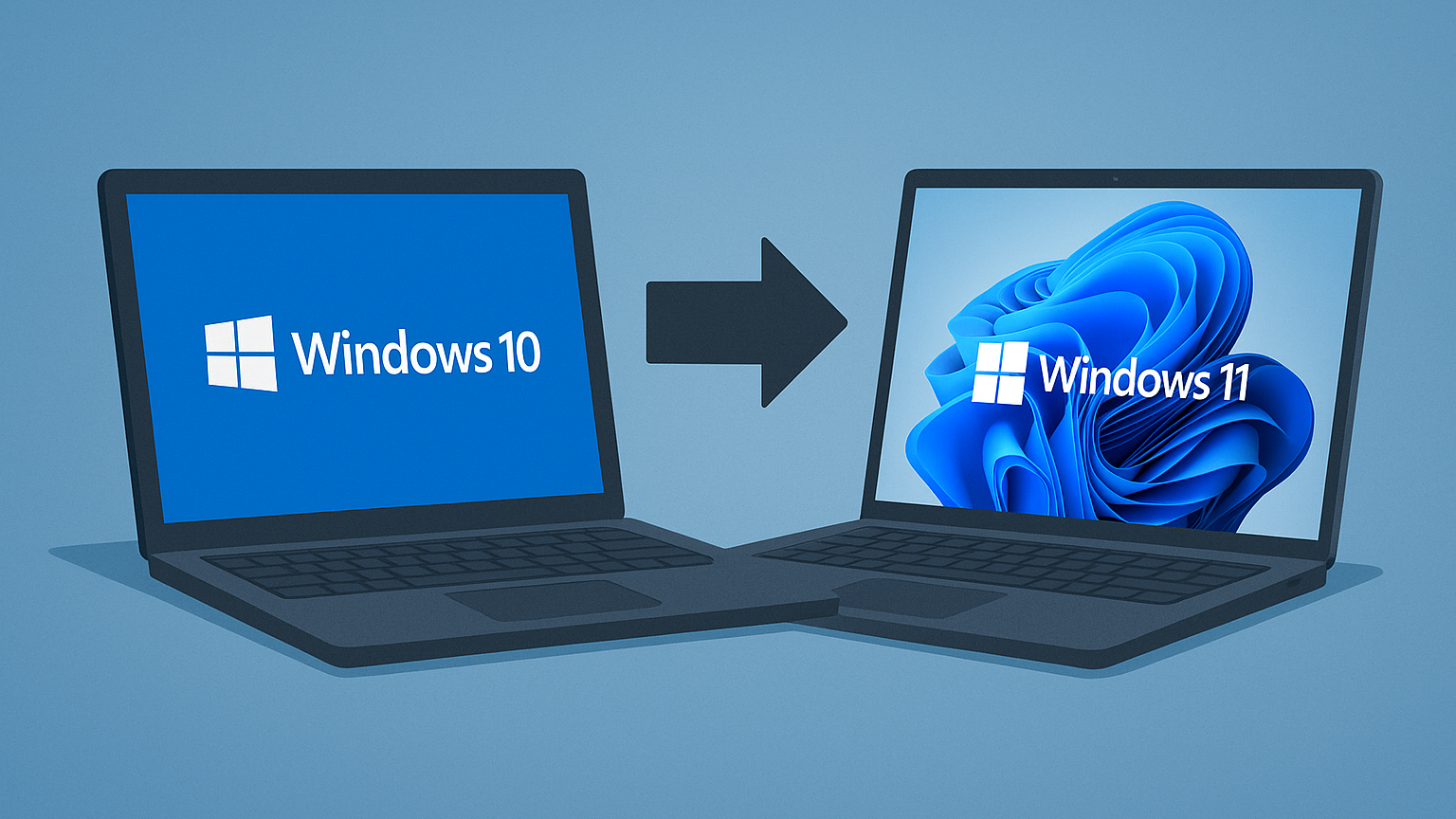When a natural disaster strikes, the aftermath can be devastating for businesses that don’t prioritize cybersecurity. Consider this sobering statistic from FEMA: Roughly 25% of companies forced to close due to a major disaster never reopen their doors. MSPs take note: When it comes to disaster recovery, this isn’t just a number; it’s a critical alert.
Extreme weather events caused over $368 billion in global economic losses in 2024 alone. Plus, a significant portion of that was uninsured. The risk to your clients is undeniable. Are your clients prepared to weather these literal and figurative storms, as well as the opportunistic cyberthreats often in their wake?
During the summer months, many clients and their facilities are exposed to extreme heat, storms, hurricanes, flooding, or wildfires. Exacerbating this are extreme heat events in 2025, as this summer is expected to be one of the hottest on record. Some regions experienced triple-digit heat as early as April.
Meanwhile, intense storms are anticipated across the U.S. urban areas — home to small businesses and large enterprises alike — are prone to heavier rainfall. As weather conditions threaten, clients may face power outages or damage to their buildings that jeopardize their IT infrastructure.
These natural disasters tend to attract opportunistic cybercriminals eager to exploit the chaos, confusion, and vulnerability that accompany these events.
The Unseen Threat: Cyberattacks Exploit Disaster Chaos
Disaster-related cybercrime can include:
- Phishing: Threat actors can enter in the aftermath of extreme weather events like the Maui wildfires or coastal hurricanes. Cybercriminals often launch deceptive relief effort emails containing malicious attachments or links to fraudulent sites designed to steal personal financial information. Phishing is a persistent issue, so disaster-related emails that exploit emotional responses can lead victims to let down their guard.
- System Vulnerabilities: When disaster strikes, companies may send employees to home offices or remote locations outside of their corporate firewalls and other security systems. If employees must quickly establish temporary offices, using personal or public Wi-Fi networks and unsecured connections creates new entryways for attackers into client networks.
- Social Media Fraud: Criminals can exploit social media platforms to disseminate false information or enhance phishing attacks. Social media updates can also give criminals background information and location data on potential victims.
Security-focused MSPs should protect their client networks against phishing and other attacks. They should also provide user training and regular alerts to help employees recognize malicious emails and other activities.
Ensuring Data Survival: The Critical Role of Backup and Restoration
MSPs can provide essential backup and restoration services for clients facing weather-related disruptions. Clients should have emergency power and off-site data backup with regular procedures to minimize disruptions from power failures or damaged facilities.

Greg Saenz
These off-site backups should be in a location unaffected by the same weather conditions. For customers with a significant cloud presence, MSPs can help ensure that cloud application and service providers have sufficient resources and processes to guarantee business continuity if the cloud provider is exposed to a severe weather event.
Ready to Respond and Recover
MSPs should help clients create emergency response and disaster recovery plans. These plans must outline team responsibilities and ensure readily available emergency contacts for stakeholders during network service failures. Companies in disaster-prone areas (e.g., coastal locations with frequent hurricanes) should also establish a physical evacuation protocol to ensure employee safety.
Remote work processes should be established in advance so employees can access secure VPNs and leverage endpoint security. This allows them to access corporate resources without creating new vulnerabilities. These resources and protocols should be regularly tested during normal operations to ensure that they are available during an emergency.
MSPs can even bundle some of these services into specific weather or disaster continuity packages with tiered pricing schedules based on risk or client size. Such service offerings can also include regular disaster recovery audits and drills.
Additionally, you can conduct regular disaster preparedness workflows and targeted newsletters with IT checklists and resources, including targeted weather alerts in threat updates.
MSPs should also have disaster recovery plans, assign specific team tasks, and maintain backup plans to ensure client services during power outages or network failures.
Be Proactive
Don’t wait for the next catastrophic event to test your clients’ resilience. The time to act is now. Here’s how you can get started:
- Conduct a comprehensive disaster preparedness audit for each of your clients. Identify vulnerabilities and create a robust, tailored business continuity plan.
- Explore advanced business continuity and disaster recovery (BCDR) solutions that integrate seamless data backup, cloud-based redundancy, and rapid failover systems.
Proactively fortify your clients against disasters and the cyberthreats that exploit them. This way, you’ll safeguard their operations and solidify your position as their indispensable technology partner.
Greg Saenz is vice president of channels for the Americas at Barracuda.
Featured image: iStock














